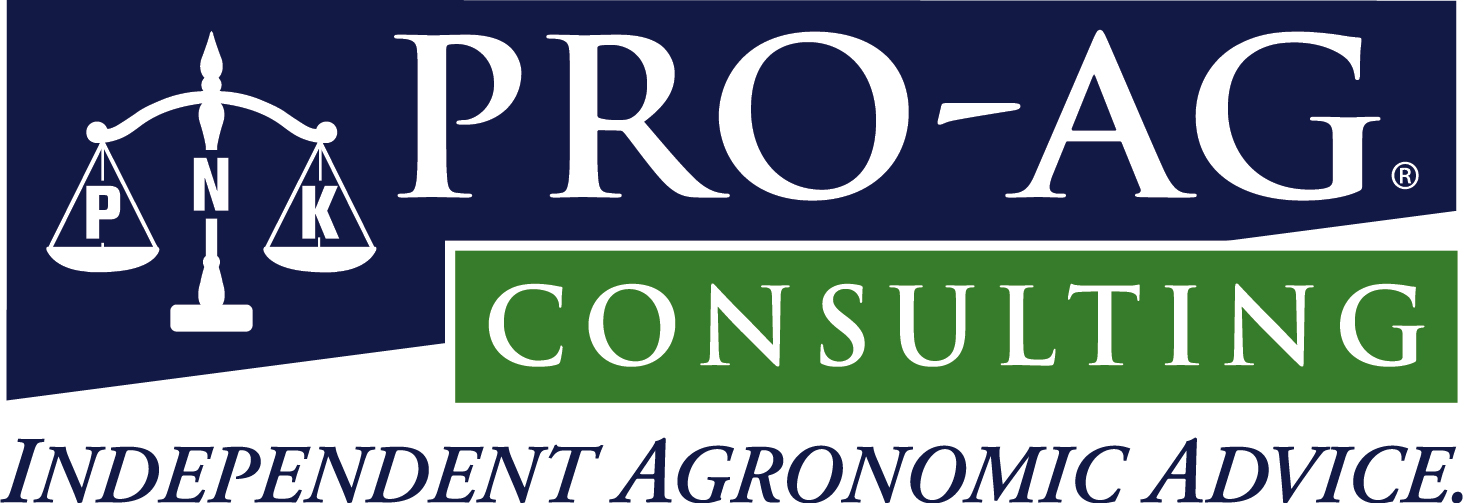Department of Agricultural and Consumer Economics
University of Illinois
farmdoc daily (6):169
Recommended citation format: Schnitkey, G. “Break-Even Levels for Corn and Soybeans to Have the Same Profitability.” farmdoc daily (6):169, Department of Agricultural and Consumer Economics, University of Illinois at Urbana-Champaign, September 7, 2016.
Permalink: http://farmdocdaily.illinois.edu/2016/09/break-even-levels-for-corn-soybeans-profitability.html
A comparison of break-even prices to delivery bid prices for the fall of 2017 suggest that soybeans will be more profitable than corn. Relative to soybean costs, corn costs must be reduced by $60 to $80 per acre before corn and soybeans are projected to have the same profitability in 2017.
Soybeans More Profitable Than Corn
As discussed in a July 7th farmdoc daily article, soybeans have been more profitable than corn in Illinois from 2013 through 2015. Current projections suggest that soybeans will be more profitable than corn in 2016, resulting in four years of soybeans being more profitable than corn (see farmdoc daily August 16, 2016).
Differences in corn and soybean costs explain why soybeans are more profitable than corn in recent years. In recent years, corn costs have increased more than soybean costs. Figure 1 shows corn costs minus soybean costs, hereafter referred to as the corn-soybean cost difference. The corn-soybean cost difference equaled $63 per acre in 2000. The difference increased and reached a high of $247 per acre in 2013. The difference decreased from the 2013 high and is projected to be $200 per acre in 2016.

Break-Even Corn Prices
Break-even corn prices are calculated for different soybean prices. If the actual corn price is higher than the break-even price, corn and soybeans will have the same profitability. A break-even corn price will be impacted by:
- Soybean price. A higher soybean price will increase the break-even corn price.
- Corn-soybean cost difference. A higher cost difference will increase the break-even corn price.
- Expected corn yield. A higher corn yield will decrease the break-even corn price.
- Expected soybean yield. A higher soybean yield will increase the break-even corn price.
The formula for calculating the break-even corn price is:
(corn-soybean cost difference + soybean price x soybean yield) / corn yield
Table 1 shows break-even corn prices for northern, central, and southern Illinois. Central Illinois is divided into high-productivity farmland and low productivity farmland. In northern Illinois, for example, the corn-soybean cost difference is $240 per acre, the expected corn yield is 198 bushels per acre, and the expected soybean yield is 60 bushels per acre (See Table 1). These factors are taken from 2016 Illinois Crop Budgets, adapted to 2017 conditions.

At a $9.00 soybean price, the break-even corn price is $3.94 per bushel in northern Illinois, $3.88 per bushel in central Illinois with high-productivity farmland, $3.84 per bushel in central Illinois with low-productivity farmland, and $3.90 per bushel in southern Illinois. If actual corn prices are above these break-even prices, corn will be more profitable than soybeans. Note that the break-even corn prices are relatively close to one another across the regions. Only $.10 per bushel separate the highest and lowest break-even price.
Currently, forward contract delivery prices for delivery in the fall of 2017 are near $9.00 per bushel for soybeans and $3.50 per bushel for corn. The $3.50 fall bid corn price is well below the break-even prices in Table 1, suggesting that soybeans will be more profitable than corn.
Cost Differences
A reduction in the corn-soybean cost difference would lower the break-even corn price. In this section, we calculate the corn-soybean cost differences that result in corn having the same profitability as soybeans at a $3.50 corn price and a $9.00 soybean price:
Northern Illinois: The corn-soybean cost difference would have to be $153 per acre, $87 less than the current projected level of $240 per acre
Central Illinois with high-productivity farmland: The corn-soybean cost difference would have to be $124 per acre, $76 less than the current projected level of $200 per acre
Central Illinois with low-productivity farmland: The corn-soybean cost difference would have to be $156 per acre, $63 less than the current projected level of $219 per acre
Southern Illinois: The corn-soybean cost difference would have to be $142 per acre, $65 less than the current projected level of $207 per acre
Decreases in cost differences would require reductions in three items 1) reductions in tillage passes, 2) reductions in nitrogen fertilizer prices, and 3) reductions in corn seed costs. To achieve a $70 reduction in the cost difference, anhydrous ammonia prices likely would be $400 per ton or below and seed costs for corn likely would have to be less than $80 per acre.
Shifting More Acres to Soybean
Increasing acres in soybeans may be prudent if farmers do not see decreases in corn-soybean cost differences. In particular, switching to soybeans on farmland that was previously in corn may be advisable.
One concern in shifting acres may be that large acreage shifts could change in relative corn and soybean prices, leading to higher corn returns relative to soybeans. If large U.S. acreage shifts occurred, price responses would occur. However, not changing plantings has profitability risks as well. Soybeans have been more profitable than corn for four years already. Without changes, soybeans will continue to be more profitable.
References
Schnitkey, G. “Continued Downward Pressure on 2017 Cash Rent.” farmdoc daily (6):155, Department of Agricultural and Consumer Economics, University of Illinois at Urbana-Champaign, August 16, 2016.
Schnitkey, G. “Consider Planting Less Corn and More Soybeans in 2017.” farmdoc daily (6):127, Department of Agricultural and Consumer Economics, University of Illinois at Urbana-Champaign, July 7, 2016.
